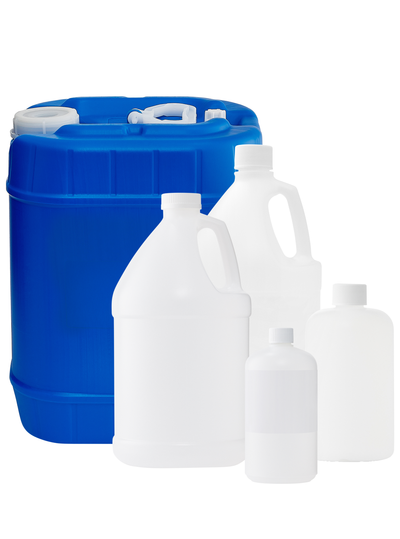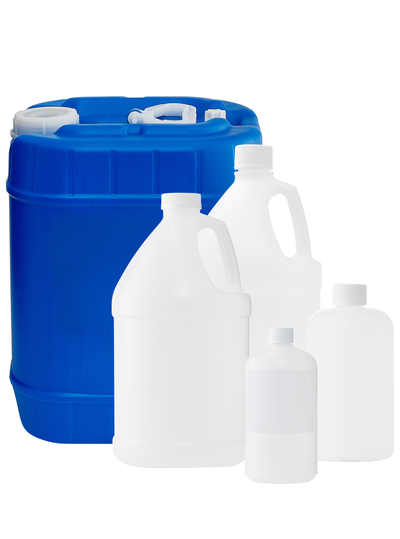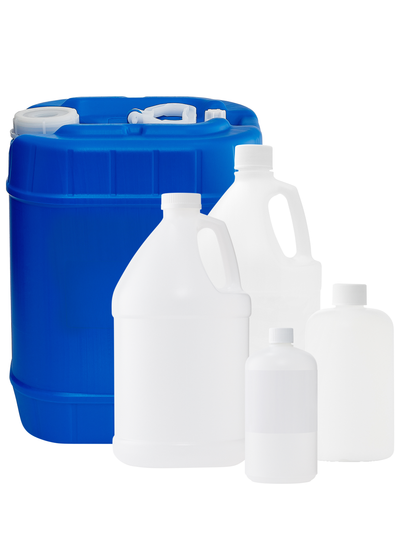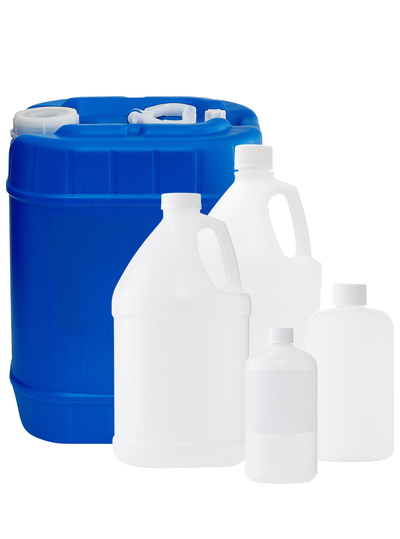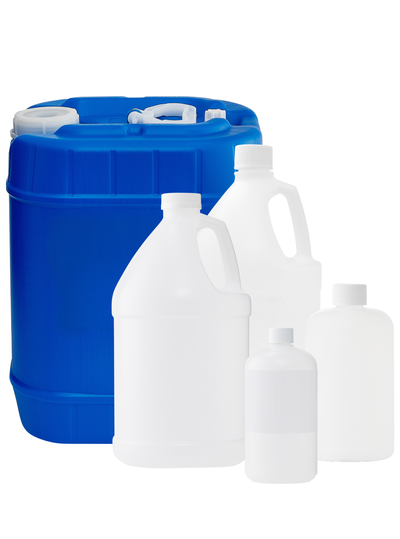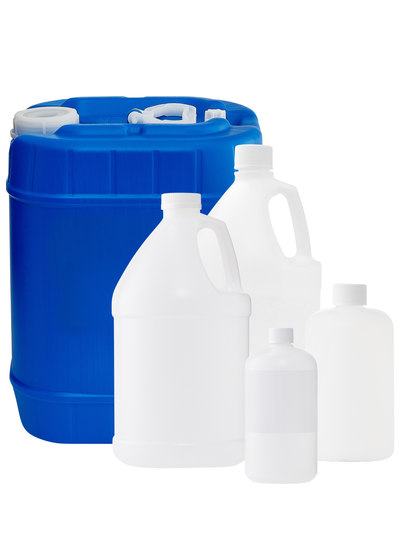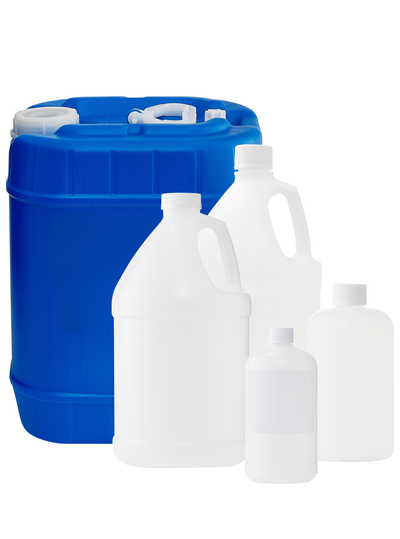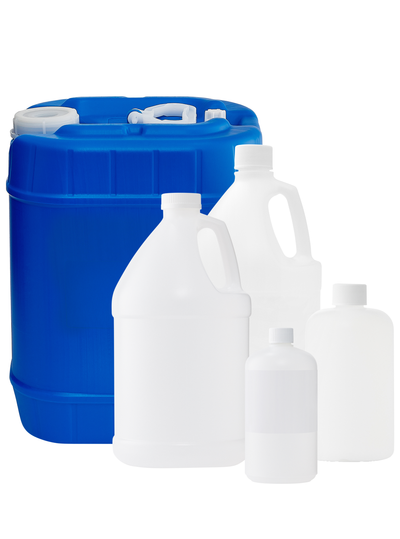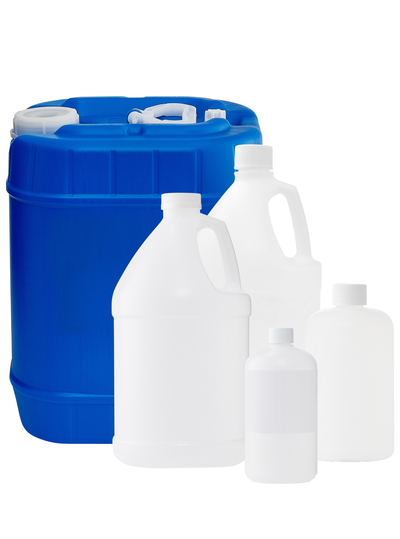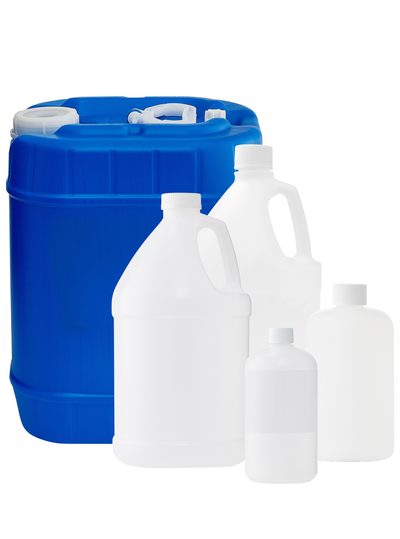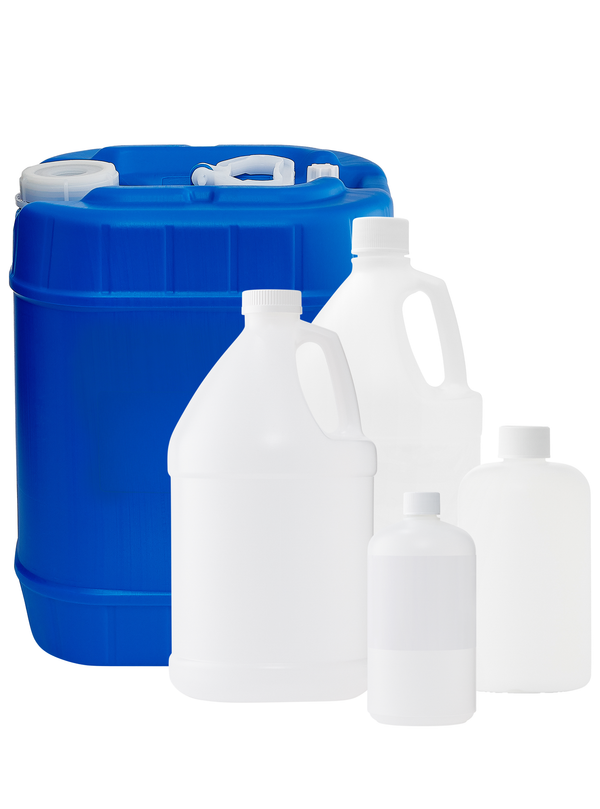
Business Support
Sodium Metal 99.8%
For questions regarding lead time, please contact a member of our Customer Care Team at customercare@laballey.com
Business Support
Description
PRODUCT INFORMATION
Customer Reviews and Q&A
Safety and Shipping
DOT: Sodium, 4.3, UN1428, PG I, Please contact us to request a Safety Data Sheet (SDS) and Certificate of Analysis (COA) for Sodium Metal Pure.
Important: This product will only be shipped to Schools, Universities, Laboratories, or Companies. If you are an individual ordering this product, it will not be shipped to you. It will be deleted from your order and the rest of the order will be shipped without your confirmation. A Statement of Use if required for purchase.
Important: Restricted material. Please contact customer service before placing an order.
Business Support
Built for Business.
At Lab Alley, we simplify procurement with custom quotes, credit applications, tax exemptions, and fulfillment support, ensuring on-budget, on-time delivery - your success is our priority.
Apply for Credit
A Lab Alley credit account streamlines purchasing for your business. Our Customer Success Team is available to help you through every step of the process.
Request a Custom Quote
Get a fast, customized quote tailored to your specific needs. Our team ensures accurate pricing and availability to help streamline your purchasing process.

Additional Business Resources
Lab Alley provides access to essential certifications, documents, and other resources to support your business.
Product Manuals
Certificates of Analysis

Create a Lab Alley Account

RECEIVE exclusive offers, promotions, and discounts on chemicals.

Always have the product you need, when you need it with our AUTOSHIP program.


